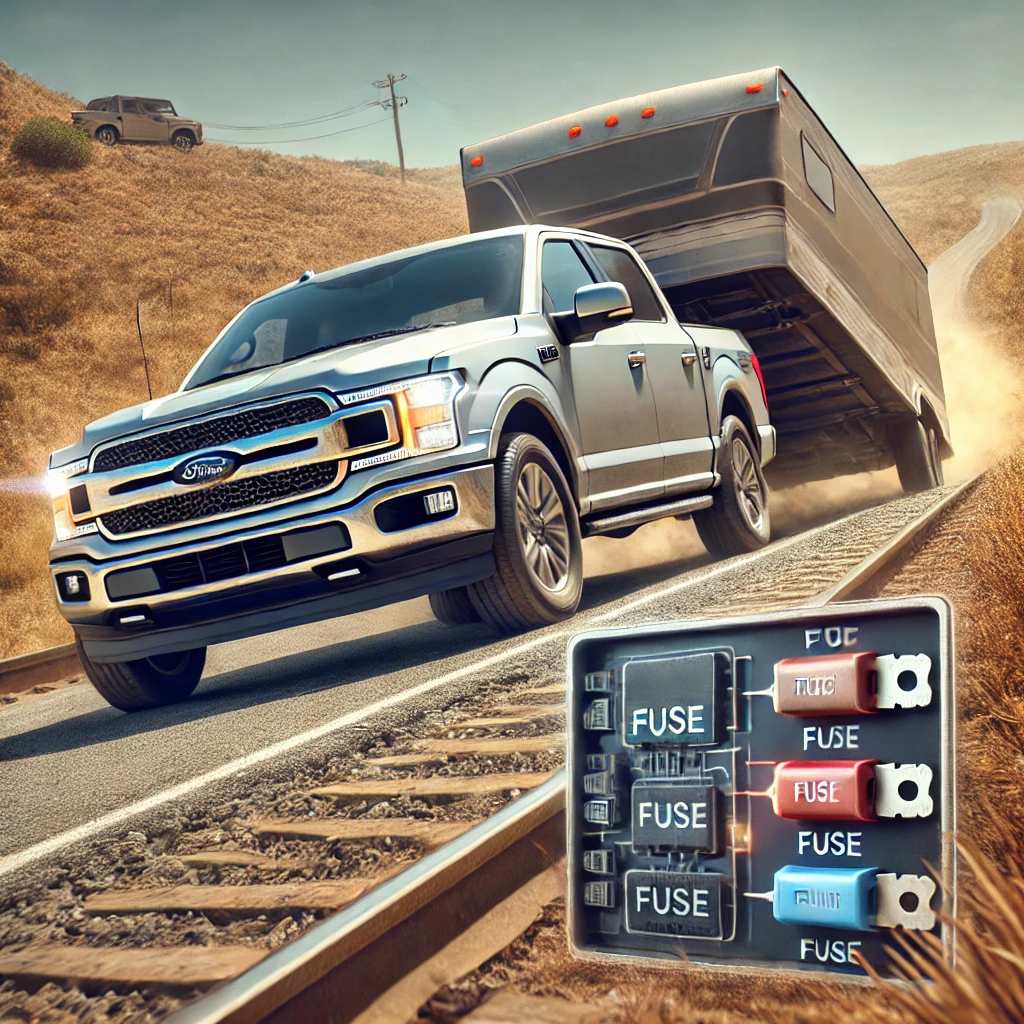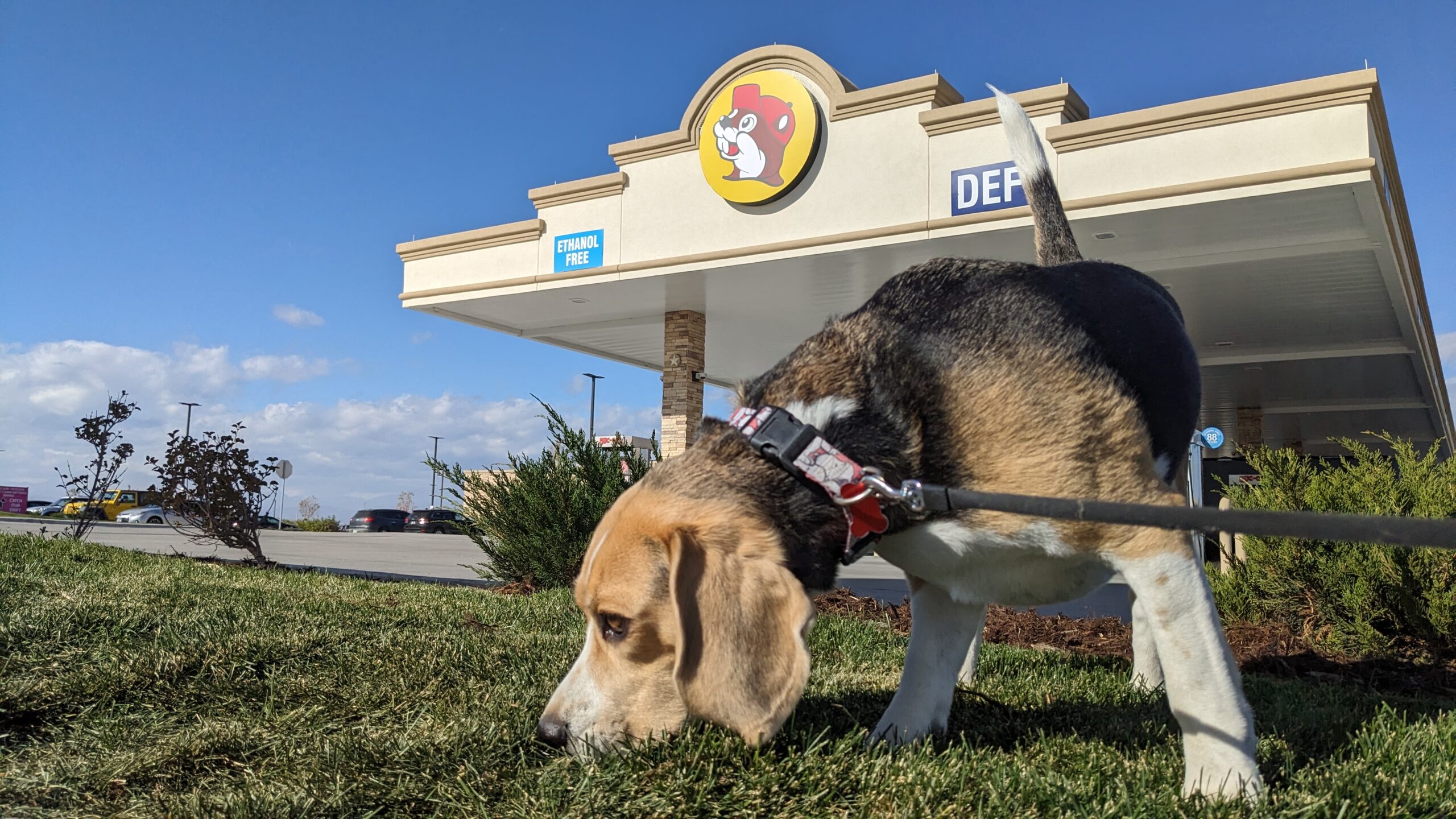If you’re driving an F150 and notice sluggish acceleration or a “dead spot” when you first depress the gas pedal, you’re not alone. Many F150 owners experience this issue and wonder if there’s a simple fix. Fortunately, throttle body calibration is a straightforward procedure that can significantly improve your truck’s throttle responsiveness, making it feel more immediate and smooth during acceleration.
Throttle calibration essentially re-teaches your vehicle’s throttle body to synchronize with the accelerator pedal, optimizing performance. The factory calibration settings may result in a sluggish feel, but with just a few steps, you can recalibrate your throttle body for a noticeable improvement.
Why Calibrate the Throttle Body?
The F150’s drive-by-wire system, where the accelerator is electronically connected to the throttle body instead of mechanically, can sometimes develop minor discrepancies between pedal input and throttle response. This can result in:
- A delay in throttle response
- A “dead area” when pressing the accelerator
- Reduced performance and driving satisfaction
By calibrating the throttle body, you’re essentially resetting the system so that your truck better responds to the gas pedal, delivering a smoother and more instantaneous acceleration.
Step-by-Step Throttle Body Calibration
Follow these steps to recalibrate the throttle body on your F150. This process is simple and requires no tools—just your truck’s key and the gas pedal.
Step 1: Turn the Key to the ‘ON’ Position
Insert your key into the ignition and turn it to the ‘ON’ position. Be careful not to start the engine. The goal is to power the vehicle’s electronics without firing up the engine.
Step 2: Slowly Depress the Gas Pedal
Press the gas pedal all the way down slowly until it reaches the floor. Be sure to do this gradually to allow the system to register the full range of pedal movement.
Step 3: Release the Gas Pedal Quickly
Let go of the gas pedal quickly, allowing it to spring back to its original position. This quick release is crucial for resetting the throttle’s range of motion.
Step 4: Turn the Key to the ‘OFF’ Position
After releasing the gas pedal, turn the key to the ‘OFF’ position. This completes the first cycle of calibration.
Step 5: Repeat the Process
Repeat steps 1-4 two more times. Each repetition further solidifies the recalibration of the throttle body.
Step 6: Start the Engine
After completing the calibration process, start the engine. Your throttle should now be recalibrated, providing better responsiveness when you press the gas pedal.
What to Expect After Throttle Body Calibration
Once you’ve finished the throttle calibration, you should notice a more immediate response when you press down on the accelerator. The sluggish or “dead area” that was present before should be minimized or gone altogether. This improvement can make your F150 feel more responsive and enjoyable to drive, especially in situations where quick throttle response is crucial, such as overtaking on highways or navigating tricky terrain.
While throttle body calibration is a quick and easy DIY process, if you still notice issues after completing these steps, there may be other underlying factors affecting your vehicle’s performance, such as a dirty throttle body, sensor issues, or even a malfunction in the drive-by-wire system. In such cases, professional diagnostics may be necessary.
Benefits of Throttle Calibration on the F150
The benefits of recalibrating your throttle body go beyond simply eliminating a sluggish throttle response. Other advantages include:
- Improved fuel efficiency: When your throttle body is correctly calibrated, it ensures that your engine receives the proper amount of air and fuel mixture, improving overall efficiency.
- Smoother acceleration: With better synchronization between the gas pedal and the throttle body, your acceleration will feel more linear and smooth.
- Enhanced drivability: A calibrated throttle body improves the overall driving experience, making it easier to control the truck, particularly in off-road or towing situations where throttle control is crucial.
When Should You Recalibrate Your Throttle?
There are several situations where recalibrating your throttle body is highly recommended, including:
- After disconnecting or replacing the battery: When you disconnect your battery, your truck loses some stored memory settings, including the throttle body calibration. It’s a good idea to recalibrate after any battery replacement.
- After installing performance modifications: If you’ve made modifications that affect your engine’s performance (such as installing a cold air intake, new exhaust, or performance chip), recalibrating your throttle ensures your truck’s throttle body adjusts to these changes.
- After servicing the throttle body: If you’ve cleaned or replaced the throttle body, recalibration ensures that it functions optimally with the new or serviced parts.
Common Signs Your Throttle Body Needs Calibration
If you’re unsure whether your F150’s throttle body needs calibration, here are some common symptoms that indicate a problem with throttle responsiveness:
- Delayed acceleration: If there’s a noticeable delay between when you press the gas pedal and when the truck accelerates, recalibration may help.
- Inconsistent throttle response: If the throttle response feels inconsistent or choppy, recalibrating can smooth out the acceleration.
- Lack of power: If your F150 feels like it’s struggling to accelerate or doesn’t have the power it used to, recalibrating the throttle may resolve the issue.
Final Thoughts
Throttle body calibration on your F150 is a simple yet effective way to improve the driving experience, restoring throttle responsiveness to a level that may have been lost over time. Whether you’re dealing with delayed throttle response, inconsistent acceleration, or just want to optimize your truck’s performance, recalibrating the throttle body is an excellent first step that you can do on your own in just a few minutes.
If the problem persists even after calibration, it’s worth investigating other components like the throttle position sensor (TPS) or consulting a professional mechanic for further diagnosis.
But for many F150 owners, a quick throttle body calibration can breathe new life into their truck’s performance.
Tags:
Discover more from Kango Anywhere
Subscribe to get the latest posts sent to your email.



